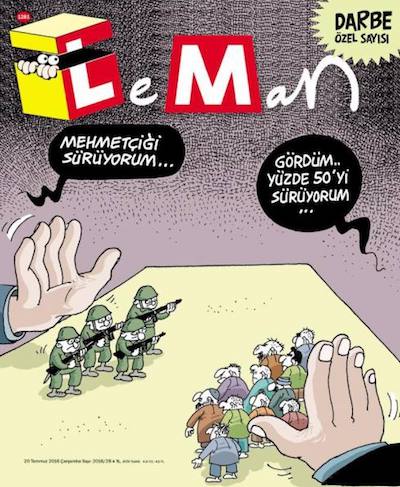GMM25, a digital terrestrial TV channel owned by GMM Grammy, has been fined ฿50,000 by the National Broadcasting & Telecommunications Commission after viewers complained about the violent content of its soap opera,
Club Friday: To Be Continued (เพื่อนรักเพื่อนร้าย). The episode in question (the final episode in the fifteen-part series) was broadcast on 3rd May, and included a scene depicting the rape of a female character.
The rape sequence occurred at the beginning of the episode, which was broadcast at 8pm. The attacker was shown pinning the woman down, while three others filmed the assault on their smartphones. The scene, which did not include any nudity, mostly consisted of reaction shots of the man's accomplices.
The NBTC judged that the episode violated article 37 of the Broadcasting Act, which forbids the transmission of immoral or corrupting material. However, the small fine (equivalent to only $1,500) is merely tokenistic, as GMM Grammy is Thailand's largest media conglomerate.
Lakorn (soap operas) dominate the prime-time schedules of Thailand's terrestrial television channels. The most popular series are broadcast every night after the 8pm royal news bulletins on channels 3, 5, and 7. (Channels 5 and 7 are owned by the army, and soap operas about soldiers have been used as military propaganda; Thai television is dominated by soap operas, gameshows, and variety shows.)
Nicknamed 'nam nao' ('dirty water') for their worthless content, these soap operas are melodramatic to the point of absurdity, and often focus on a standard 'tob-joob' ('slap and kiss') plot: two women cat-fighting over the love of a 'hi-so' (upper class) man. Episodes can last for as long as two hours, and (like Brazilian 'telenovelas') a series typically runs for a few months.
Lakorn rely on inappropriate stereotypes, such as camp gay men as recurring characters. The primary motivations of the female characters are defeating their love rivals and marrying their rich boyfriends. Rape and domestic violence are increasingly common plot points, and the male perpetrators are often forgiven for these transgressions in the inevitable happy ending. (Similarly, sometimes even Thai comedies feature domestic abuse, with punches accompanied by comic sound effects.)



